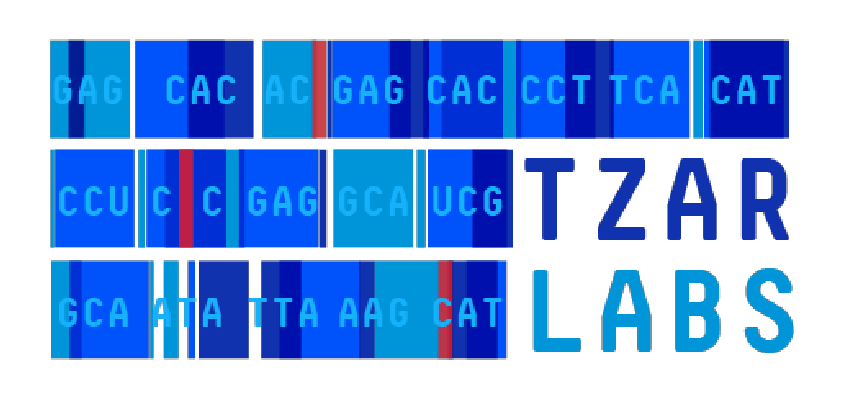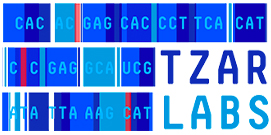Can Early Cancer Be Detected in Blood Tests?
Cancer remains one of the leading causes of death worldwide, making early detection crucial for improving survival rates. Traditionally, cancer diagnosis has relied on imaging techniques and biopsies, but due to a recent breakthrough in cancer diagnostics, HrC technology, it is now possible to detect very early-stage cancer from a simple blood test, even prior to symptoms and tumour development.
Existing Blood Tests for Cancer Detection
Existing blood tests for cancer detection are designed to identify specific biomarkers—substances produced by cancer cells or by the body in response to cancer. These biomarkers can include proteins, DNA fragments, and other molecules that may indicate the presence of cancer. The most common types of blood tests used in this context include:
- Tumour Markers: These are substances found at higher levels in the blood when cancer is present. For instance, prostate-specific antigen (PSA) is a well-known marker used to screen for prostate cancer.
- Circulating Tumour DNA (ctDNA): This test looks for tiny fragments of DNA released into the bloodstream by tumour cells. It can provide insights into genetic mutations associated with various types of cancers.
- Liquid Biopsies: A more advanced approach that analyses blood samples for multiple biomarkers simultaneously. Liquid biopsies can detect changes in DNA and RNA related to different cancers.
All these blood tests for detecting cancer are limited by scenarios in that:
- Tumour Markers are only indicative of cancer being present i.e., raised PSA levels could be due another cause of illness.
- Circulating Tumour DNA can only be observed once a tumour is present. Levels of detection vary for this type of technology with poor levels of detection being observed for early-stage cancer i.e., circa 18% at Stage 1.
- Liquid Biopsies is the way forward but in the absence of any significant scientific breakthrough are unlikely to revolutionise cancer diagnostics any time soon.
In short, all the above are focused on detecting ‘resultant’ markers in blood i.e., something that can potentially be detected because a tumour has already developed and is already present.
In contrast, HrC technology is focused on detecting ‘causative’ markers i.e., something that can be detected because cancer has initiated, and the process of tumour development is underway.
HrC technology – A major scientific breakthrough
HrC technology is based on the hypothesis that very small embryonic-like stem cells (VSELs), residing in multiple tissues, undergo epigenetic changes and get transformed into Cancer Stem Cells.
In cancer patients, Cancer Stem Cells from impacted organs in the body get mobilised into circulation in peripheral blood, in increasing numbers, and it is this increase in activity that HrC can be detect and measure.
Stem cells are always present in peripheral blood; therefore, with HrC there is always something to detect i.e., there is always a result.
HrC technology offers high levels of cancer detection, more than 90%, across all stages of the disease for solid tumours, blood cancer and soft tissue cancer.
Cancer Stem Cells become mobilised at a very early stage of cancer development i.e., prior to symptoms and tumour development.
HrC can detect Cancer Stem Cells from point of initiation. This means that HrC can detect cancer earlier than any other known technology.
If Cancer Stem Cells are not detected in peripheral blood, then cancer does not exist i.e., an individual is free from cancer.
Existing diagnostic technologies i.e., PET scan, CT scan, other liquid biopsy tests etc…, can only detect cancer once the tumour has formed.
This is what sets aside HrC technology from all other existing cancer detection technologies.
Conceptually, HrC technology can detect all types and sub-types of cancer. Why? Because the belief is that all cancers initiate in the same way
Benefits of HrC
With HrC technology only requiring a 12ml sample of blood which when processed and analysed can be used to screen for all cancers, it means an end to invasive screening tests i.e., mammogram, smear test etc…which only lend themselves to detecting one specific cancer type.
Screening just for one specific cancer type may result in other tumours that may exist elsewhere in the body are in danger of going undetected.
The ability to rule out cancer as a cause of illness will significantly reduce patient anxiety and allow GPs to focus on other causes of illness.
Equally, detecting cancer at the earliest stage possible will deliver higher survival rates for patients and drastically reduce costs of treatment.
In Conclusion
If you are going to screen patients for cancer then do the job properly using, HrC technology.



